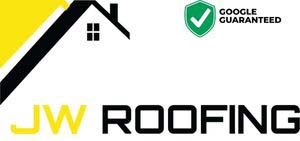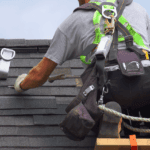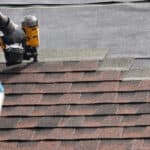Worried About Ice Dams? Learn How You Can Prevent This Winter Hazard
With the harsh winters we face in Ohio, ice dams are fairly common. Ice damming occurs when heavy snow builds up on your roof, melts under the sun during the day, and refreezes when temperatures drop in the evening. Since we cannot control the weather, you might be wondering how to prevent ice dams on roof. While there is no way to entirely prevent ice dams on your roof, there are certainly steps you can take to reduce the chances of an ice dam forming.
What Is an Ice Dam?
An ice dam is a section of ice that forms at your roof’s edge when days of heavy snow freeze and melt. This section of ice creates a ridge that prevents melting snow from draining off of the roof. Unfortunately, water then backs up behind the ice dam and can work its way up and under your shingles and into your home. This water can damage your roof, ceilings, wall and the interior of your property.
What Can I Put on the Roof to Prevent Ice Dams?
Ice dams are an unfortunate side effect of our midwestern climate. Days of heavy snow, sunny days and cool nights are common in Ohio! Days of this melting-freezing pattern make it easy for ice dams to thrive. If you are hoping to reduce the risk of ice damming on your roof, here are a few suggestions. Following these ice dam prevention techniques may help prevent damage to your roof:
- Thoroughly clean your roof. If you haven’t already, it’s best to clear off your roof, gutters and downspouts. This may seem obvious, but it’s easy to forget to clear out leaves and other debris from your roof when the cold settles in!
- Remove snow from your roof. Ice dams form when heavy snow builds up, so removing the snow altogether is a great way to reduce the risk of ice damming. Consider purchasing a “roof rake” (a long-handled device for removing snow by hand) to remove snow without damaging your roof!
- Keep your roof clear of snow and icicles. Most ice dams form at the edge of the roof, so it’s best to keep that clear.
- Assess insulation and ventilation in your attic. Nonuniform roof surface temperatures fuel ice damming, and roof and attic ventilation play a major role in the temperature of a roof. After all, the freeze/thaw cycle of snow and ice is typically caused by the heat of your home and the cold temperatures outside! Since heat from inside the house is the primary cause of nonuniform roof temperatures, you might consider adding attic insulation to prevent heat transfer from your home to your roof.
If you’re still on the fence about whether your roof is prepared for cold temperatures, consider hiring a professional to inspect your roof. An expert roofer will be able to identify concerns that are not clear to the untrained eye, and offer a knowledgeable recommendation.
When to Call a Pro: What Should I Do If My Roof Has Been Damaged?
If there is evidence of roof damage following a spell of cold, snowy weather it is best to contact a roofing professional. Anytime you are dealing with climbing onto a roof, especially during the winter months, safety should be a top priority. Rather than risking your safety, it’s best to hire a professional who is experienced and trained in climbing onto frozen roofs.
Give JW Roofing a Call Today
A problem that is minor now can lead to major issues later down the line if left unaddressed. Get in touch with our team at JW Roofing to schedule your free inspection! We will be happy to come out and assess your situation safely!








